Smart Sensors and Wireless Data in STEM Science
March 24, 2025
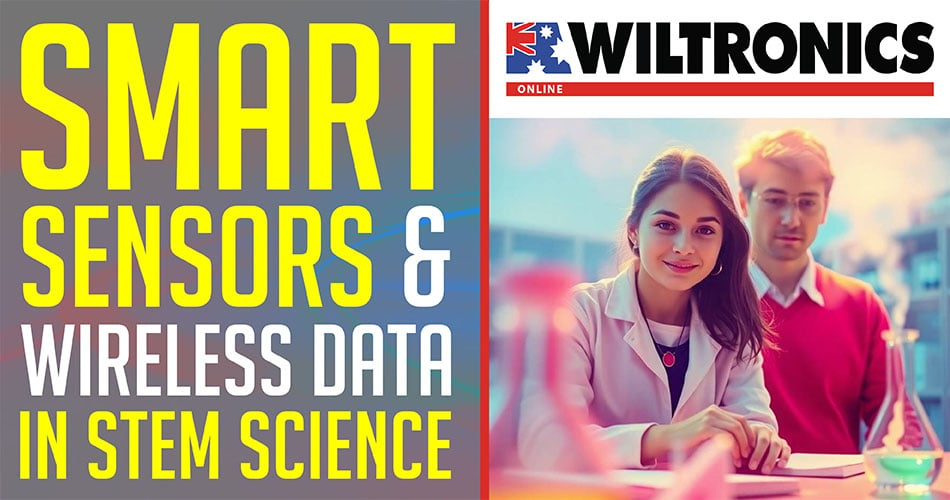
Smart Sensors and Wireless Data Collection in STEM Science Labs
In modern STEM education, smart sensors and wireless data collection are revolutionizing how students conduct experiments and analyze results. These technologies allow for real-time data acquisition, precise scientific measurements, and interactive digital learning experiences across physics, chemistry, biology, and environmental science. Whether measuring motion, pH levels, temperature, force, or light intensity, smart sensors provide data-driven insights that enhance STEM engagement, critical thinking, and scientific exploration.
What Are Smart Sensors & Wireless Data Loggers?
Smart sensors are advanced measuring instruments that automatically capture, store, and transmit real-time data to computers, tablets, or cloud-based platforms. These sensors eliminate human recording errors, ensuring high-accuracy data for scientific experiments while allowing students to focus on analysis, interpretation, and scientific problem-solving.
Wireless data loggers work in tandem with smart sensors to record, monitor, and visualize data without the need for wired connections, making STEM experiments more interactive and efficient.
Why Choose Wiltronics for Smart Science Equipment?
✔️ Industry-Leading Selection of PASCO Wireless Sensors & Data Loggers
✔️ Trusted Supplier of High-Quality STEM Learning Tools
✔️ Fast Shipping & Expert Customer Support for Educators
✔️ Helping Schools Build Future-Ready Science & Research Labs
Why Smart Sensors Are Essential for STEM Education
✅ Real-Time Data Logging & Visualization – Instantly record, monitor, and analyze experimental results.
✅ High Precision & Accuracy – Improve data reliability and eliminate manual entry errors.
✅ Hands-Free Scientific Exploration – Allow students to focus on experiment outcomes rather than manual data collection.
✅ Wireless & Portable for Field Studies – Ideal for environmental monitoring, physics motion tracking, and chemistry lab analysis.
✅ Enhances Digital STEM Learning – Integrates with AI-based analytics, computational modeling, and digital simulations.
✅ Supports Inquiry-Based & Data-Driven Learning – Encourages scientific reasoning, critical analysis, and technology-driven STEM projects.
Top Smart Sensors & Wireless Data Collection Tools for Science Labs
1️⃣ PASCO Wireless pH Sensor – Precision for Chemistry & Biology Experiments
What It Does: Provides real-time pH level monitoring, allowing students to measure the acidity and alkalinity of solutions with digital accuracy.
Perfect For:
- Acid-base titration experiments
- Water quality testing & environmental analysis
- Chemical reaction studies in biology & chemistry
2️⃣ PASCO Wireless Temperature Sensor – Digital Heat Analysis for Science Labs
What It Does: Tracks temperature fluctuations in real time, ensuring students can monitor heat transfer, chemical reactions, and energy changes.
Perfect For:
- Measuring exothermic and endothermic reactions
- Monitoring temperature-dependent biological processes
- Heat transfer and energy conservation studies
3️⃣ PASCO Wireless Motion Sensor – Kinematics & Newtonian Physics in Action
What It Does: Uses ultrasonic pulse technology to precisely measure velocity, acceleration, and displacement, helping students analyze motion mechanics and Newton’s Laws.
Perfect For:
- Exploring acceleration, speed, and force
- Investigating projectile motion and free fall
- Studying oscillatory motion & pendulum dynamics
4️⃣ PASCO Wireless Force & Acceleration Sensor – Hands-On Physics & Engineering Experiments
What It Does: Accurately measures force, acceleration, and angular velocity, enabling students to explore mechanics, energy transfer, and Newtonian physics.
Perfect For:
- Newton’s Second Law experiments (F=ma)
- Impact force and energy absorption tests
- Rotational motion and mechanical system analysis
5️⃣ PASCO Wireless Light Sensor – Understanding Optics, Light Intensity & Spectral Analysis
What It Does: Captures light intensity, UV exposure, and spectral distribution data, making it ideal for physics, environmental science, and biology investigations.
Perfect For:
- Examining reflection, refraction, and diffraction of light
- Analyzing photosynthesis and plant growth under different light conditions
- Studying UV radiation levels and their impact on materials & organisms
How Schools Can Integrate Smart Sensors into STEM Learning
🏫 Upgrade Science Labs with AI-Driven Smart Technology – Replace traditional measuring tools with automated, high-precision sensors.
🔬 Use Digital Sensors for Cross-Disciplinary STEM Learning – Combine physics, chemistry, and biology experiments with AI-powered data modeling.
📊 Teach Data Science & Analytical Thinking – Help students collect, interpret, and visualize experimental data using smart technology.
🌍 Enable Remote Learning & Fieldwork with Wireless Data Collection – Empower students to conduct experiments beyond the classroom using portable sensors.
Final Thoughts: The Future of Science Learning is Smart
With the integration of smart sensors and wireless data collection, science education is evolving toward precision-based, AI-enhanced learning experiences. These cutting-edge tools allow students to conduct real-time experiments, analyze complex data, and engage in hands-on STEM discovery like never before.
By adopting wireless sensors, AI-powered analytical tools, and data-driven experimentation, schools can equip students with future-ready skills in research, engineering, and technology.
🔗 Explore Smart Sensors & Wireless Data Collection Tools at Wiltronics: Shop Now 🚀
© Electrotech Brands Pty Ltd 2025


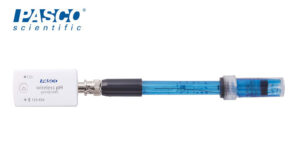
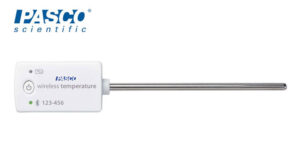
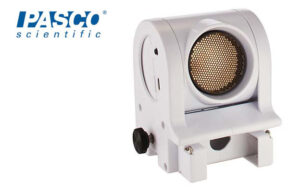

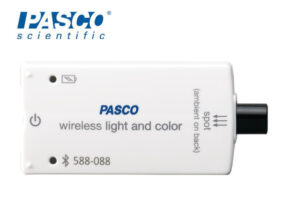
Write a Comment
You must be logged in to post a comment.